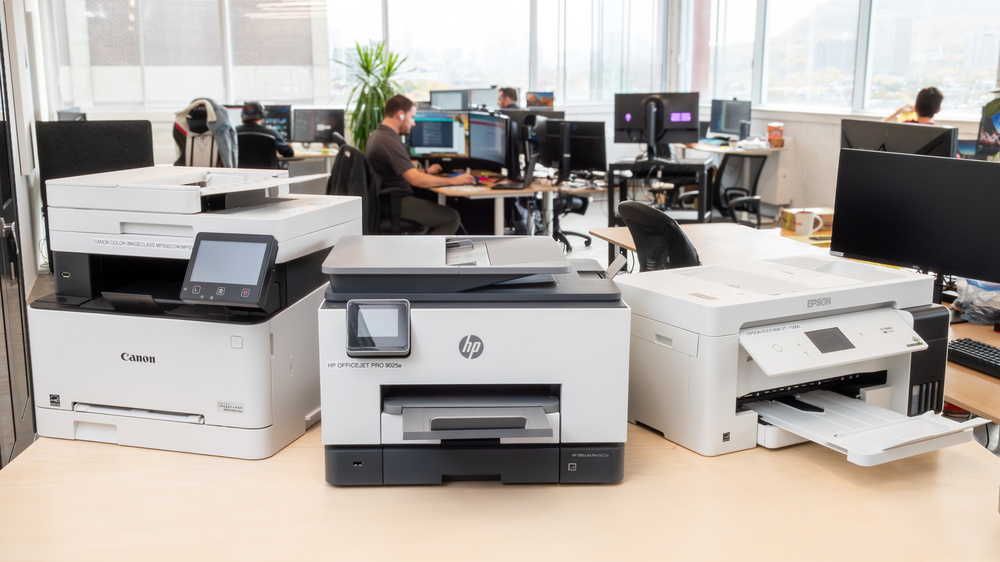Printers have become an essential tool in both personal and professional settings. However, like any electronic device, printers have a limited lifespan. In this article, we will explore the factors that determine how long a printer can last and provide practical tips to maximize its longevity.
- Printer Type and Quality:
The lifespan of a printer largely depends on its type and quality. Inkjet printers, for example, typically have a shorter lifespan compared to laser printers. This is because inkjet printers have more moving parts and are prone to clogging, while laser printers have a more robust design. Additionally, investing in a high-quality printer from a reputable brand can significantly extend its lifespan. - Usage and Maintenance:
How often and how intensively you use your printer can greatly impact its lifespan. Printers designed for heavy-duty use, such as those in office environments, are built to withstand higher volumes of printing. On the other hand, consumer-grade printers may not be able to handle the same workload. Regular maintenance, such as cleaning the print heads and replacing worn-out parts, can also prolong the printer's lifespan. - Environmental Factors:
The environment in which a printer operates can affect its longevity. Excessive heat, humidity, and dust can cause components to deteriorate faster. It is important to keep the printer in a well-ventilated area, away from direct sunlight and extreme temperature fluctuations. Additionally, using the printer within the recommended temperature and humidity ranges specified by the manufacturer can help prevent premature wear and tear. - Technological Advancements:
The rapid pace of technological advancements in the printing industry means that older printers may become outdated sooner. As new features and functionalities are introduced, older models may no longer be compatible with the latest software or hardware upgrades. While this does not directly affect the physical lifespan of the printer, it can limit its usefulness and support over time. - Obsolescence and Upgrades:
Printers, like any other technology, can become obsolete. As printing technology evolves, newer models may offer improved efficiency, speed, and quality. While it is not necessary to upgrade your printer every time a new model is released, it is important to consider the long-term viability of your current printer. Regularly assessing your printing needs and evaluating whether an upgrade is warranted can help you stay up-to-date with the latest advancements.
Conclusion:
In conclusion, the lifespan of a printer can vary depending on several factors. By choosing a high-quality printer, using and maintaining it properly, considering environmental factors, and staying aware of technological advancements, you can maximize the lifespan of your printer. Remember, while printers may not last forever, taking proactive steps can ensure that you get the most out of your investment.
About Author
You may also like
-
Top Benefits of Using Perfume Tube Packages for Modern Cosmetic Brands
-
Why Carbon Fiber Powder Is Revolutionizing Modern Manufacturing
-
Custom Food Stickers: The Ultimate Branding Tool for Modern Food Businesses
-
TPO Floor Mats: Eco-Friendly, Durable, and Odor-Free Solutions
-
Sustainable Food Packaging: Why Tinplate is the Ideal Choice

